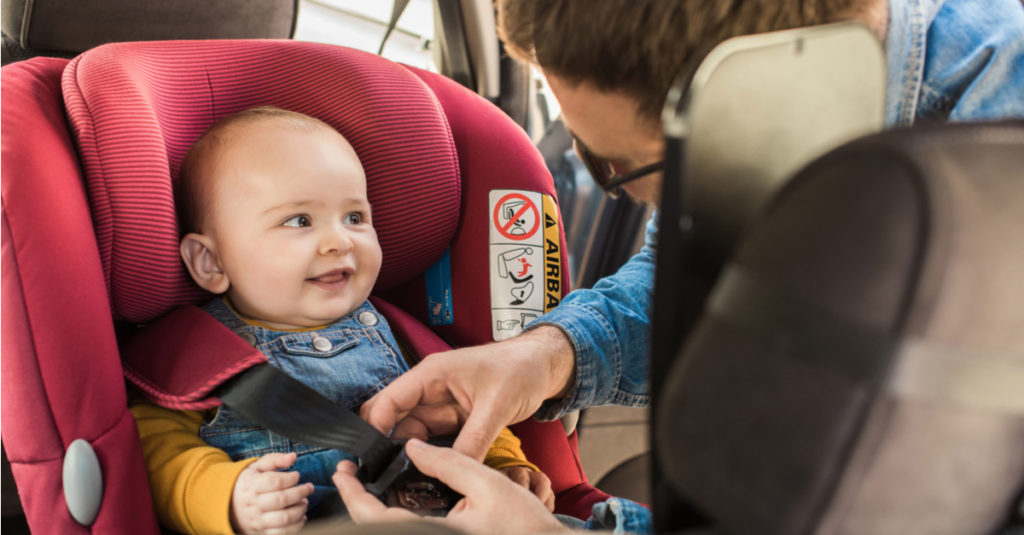How To Keep Your Child Safe In And Around A Vehicle
Wed 3 Jun, by FritzLaw on Personal Injury

Automobiles are a great way to take us from point A to point B in a comfortable environment and propel our jobs, hobbies, and families forward. However, your vehicle may also constitute a safety hazard for your small children – and not just because of the risk of a car accident. How can you keep your child safe in and around your vehicle? The following information offers some helpful suggestions.
Beware of Heatstroke
Heatstroke is a leading cause of non-accident fatalities among small children. Heatstroke occurs when a child’s body temperature rises rapidly: the process begins at 104 degrees Fahrenheit, and becomes lethal at 107. The most common cause of heatstroke among young children is when a parent leaves them alone in the car on a hot day.¹ Even the best parent may sometimes put his or her child at unnecessary risk. To keep your child safe from heatstroke, remember these points:
- Always look before you lock. Accidentally locking your child in the car may prove to be dangerous.
- Keep your vehicle locked when you are away from it, and make sure your keys are secure because on occasion, unattended children have gained access to a vehicle and subsequently succumbed to heatstroke.
- Be aware that heatstroke does not just occur in the summer – it can occur at any time, in almost any region.
Practice Backover Safety
Another common cause of injury to young children is backover. In other words, a parent puts the vehicle in reverse to back out of the driveway and accidentally hits or runs over the child. Some common-sense safety practices can help to prevent such a terrible outcome. For instance:
- Walk around your vehicle before backing out to make certain that no one will be behind you.
- If your children are playing in the yard, or near the vehicle, make sure that they all come to a spot where you can see them before putting your vehicle in reverse.
- Teach your children not to play around or in cars, and educate them about the potential dangers involved in doing so.
- Back up slowly.
- Keep your windows down so that you can hear what is happening in the immediate vicinity of your vehicle.
- Don’t allow yourself to be distracted – keep your eyes trained on your mirrors or your rear windshield when backing out.
Use the Appropriate Car Seat for Your Child
When a child’s car seat is too big, too small, or improperly fastened to the main seat, then there may be significant potential for injury to your child. For example, some children have wiggled out of a loosely fastened car seat during a trip, and caused a serious distraction for their parents – if not serious injury to themselves. Here are some things you can do to ensure that your child’s car seat will keep him or her safe and secure:
- Choose the car seat that is appropriate for your child’s age, size, and abilities.
- Always make sure that your child is properly restrained in the car seat before you begin driving. You want to ensure that the restraints are neither too tight nor too loose.
- Make sure that unused seat belts near your child’s car seat are buckled and/or out of reach.
Practicing child safety in and around a vehicle can prevent many injuries and much grief. Of course, we live in an uncertain world, and sometimes bad things happen through no fault of our own. If you or a loved one has been injured in an accident that is someone else’s fault, reach out to us today – we would be happy to assist you.
